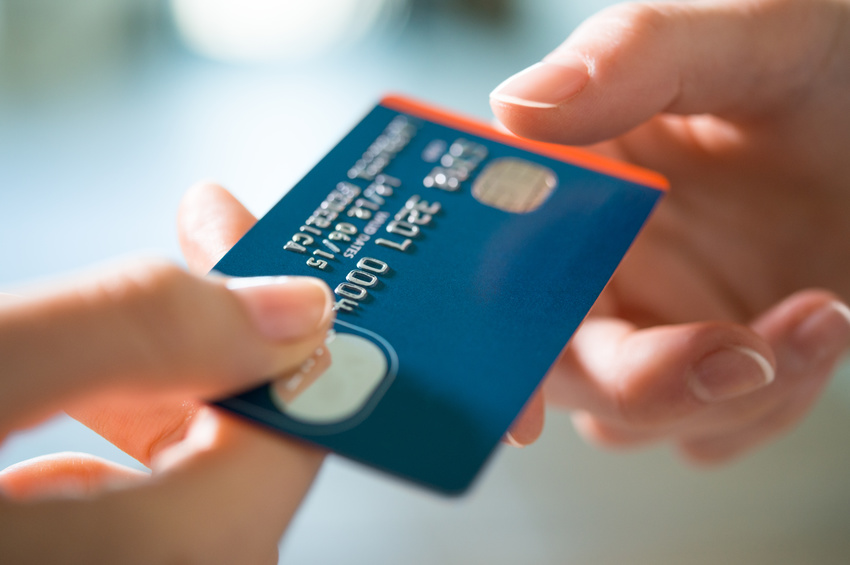“If there is no struggle, there is no progress.” – Frederick Douglass
A recent survey in the field shows that consumers appreciate the added security of EMV chip cards, but many of them consider the new transaction process to be bothering. Some consumers say they even avoid stores that require inserting a chip card into a POS terminal or using mobile payments.
Study Reveals
According to a survey report represented by Mercator Advisory Group Inc., a trusted advisor to the payments and banking industries, 29% of 3.008 consumers surveyed used a chip debit, credit, or prepaid card. This is approximately 3 times the 10% who used a chip card, according to a similar study conducted in 2014.
About 35% of consumers having a chip card claimed using EMV readers wasn’t annoying to them, even though it could be time consuming. 34% of consumers surveyed appreciate stores that gave them the opportunity to process a chip card designed for EMV payment transactions. 16% of respondents were annoyed at checkout. Specifically, the annoyance or bother factor counts for 31% among young adults and 27% among mobile payment users.
Primary data services manager Karen Augustine, the author of the report, says consumers like EMV, but they don’t like being bothered by it.
Consumer confidence and appreciation are of special importance in the hotel industry. Those who own hotel businesses know it is vital to meet customers’ demands and preferences. Choosing emerchantbroker.com for your hotel business, you can enjoy a secure and reliable hotel credit card processing. With EMB, the leading payment processor in the field and the top-rated high risk merchant account provider in the United States, you can expand your business and grow your revenue with ease.
Other Factors Regarded As Annoying
According to Karen Augustine, not only the factor of time but also different other factors make EMV transactions more bothering than magnetic-stripe ones. Transactions may not be processed if the card isn’t inserted quickly enough, and consumers should know they have to get it back.
As it is expected, EMV is going to influence mobile payments. The point is that the majority of EMV terminals are designed to support near-field communication or NFC contactless payment transactions. However, the wish to get rid of the bother factor may make people use mobile payments, especially in those cases when consumers know they will get rewards or points through mobile-pay services.
Mercator also surveyed the attitude held by consumers towards Apple Pay mobile-payment service. Nearly 80% of consumers who had signed up for Apple Pay had loaded at least 1 credit card. 60% had loaded a debit card. 55% had credit cards linked to their last Apple Pay transaction, and 45% had debit cards linked to the mentioned transactions.
The margin of the results error is plus or minus 1.8%, and the confidence level is 95%.


